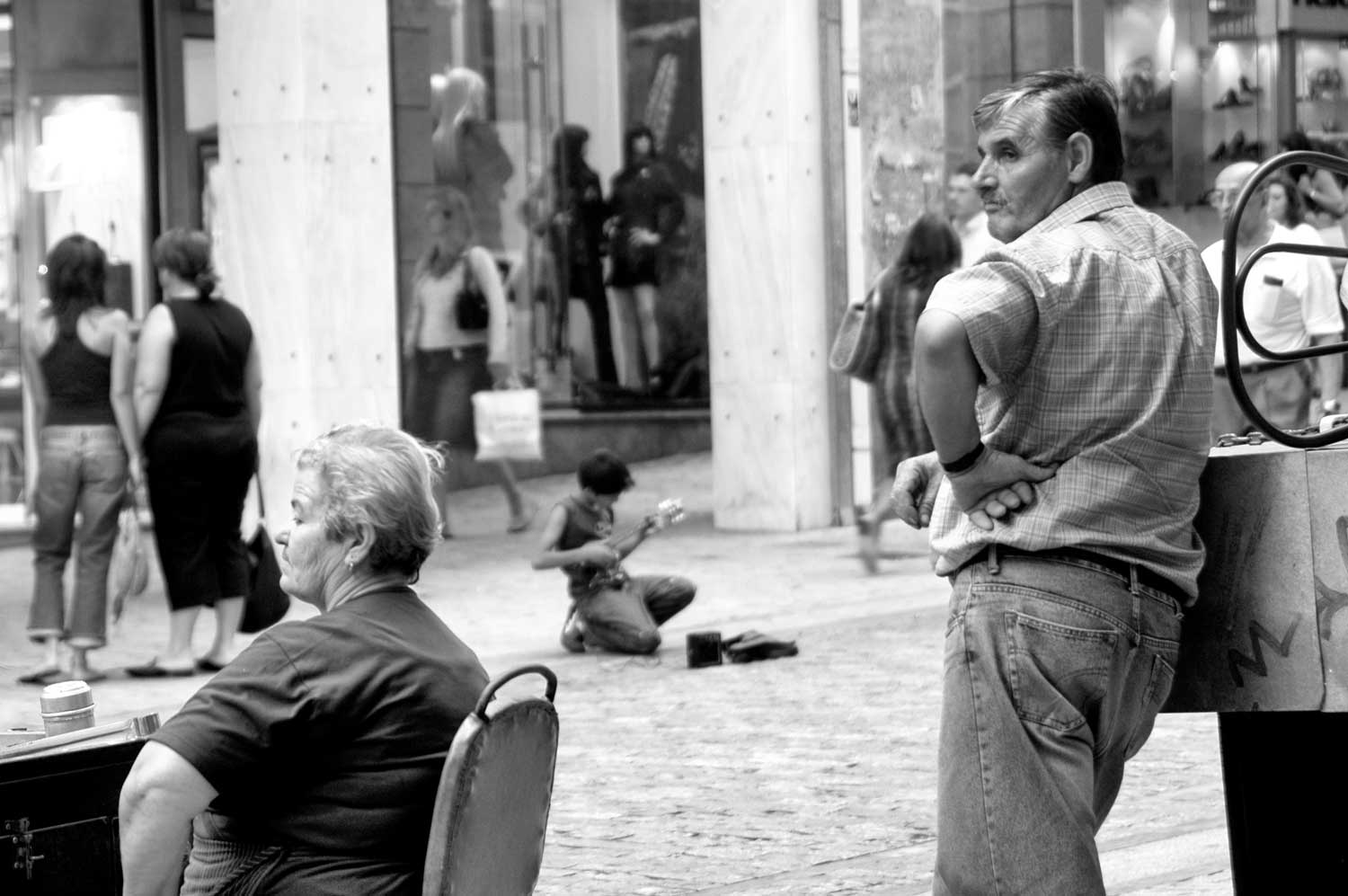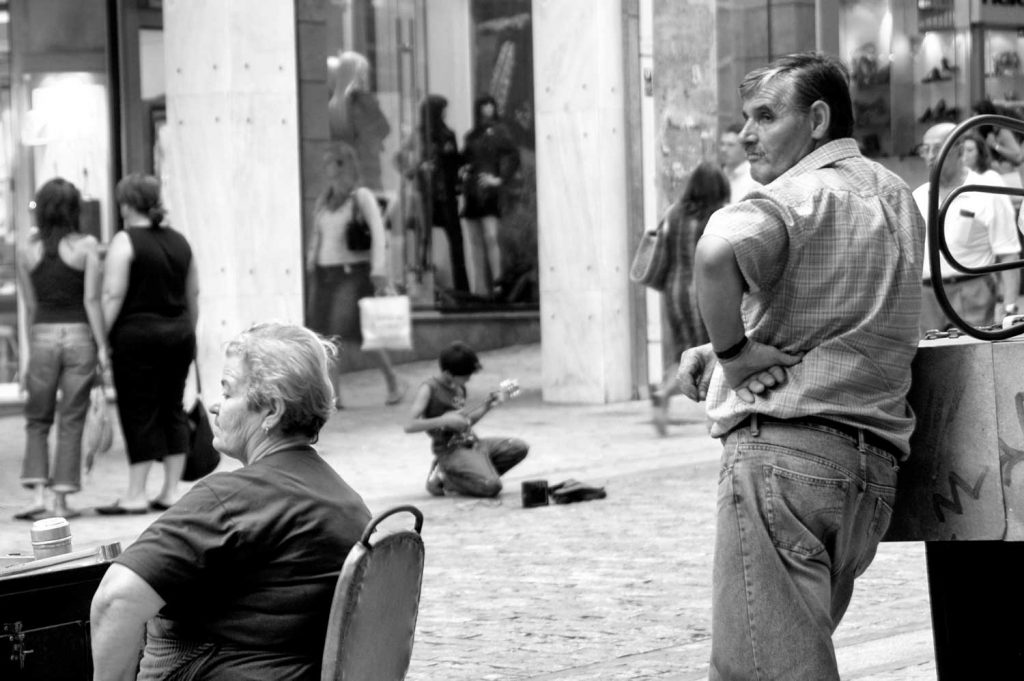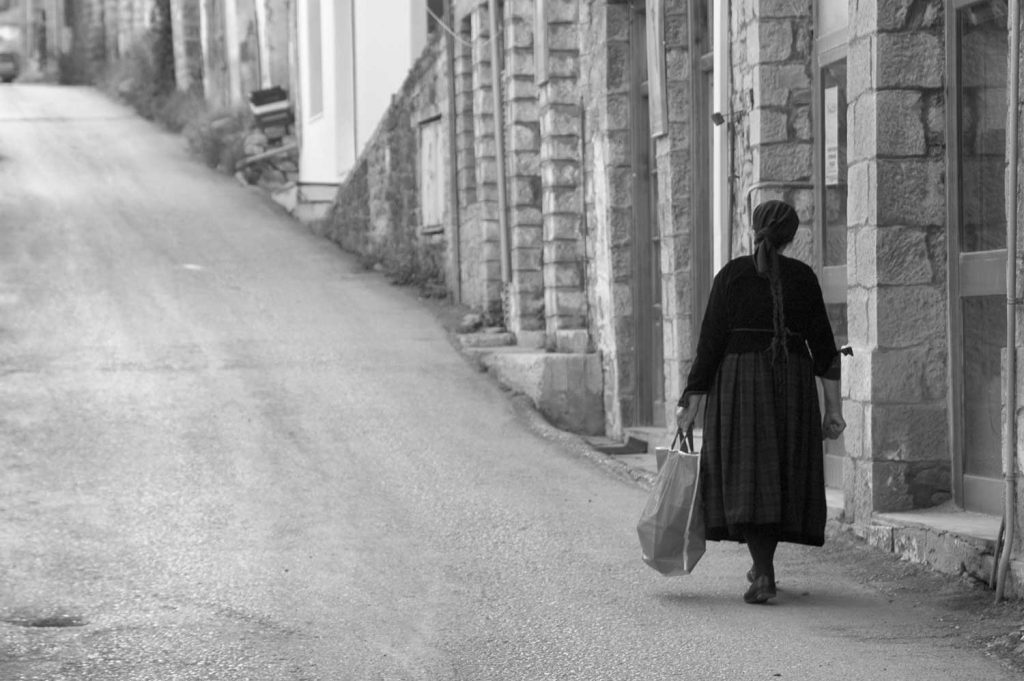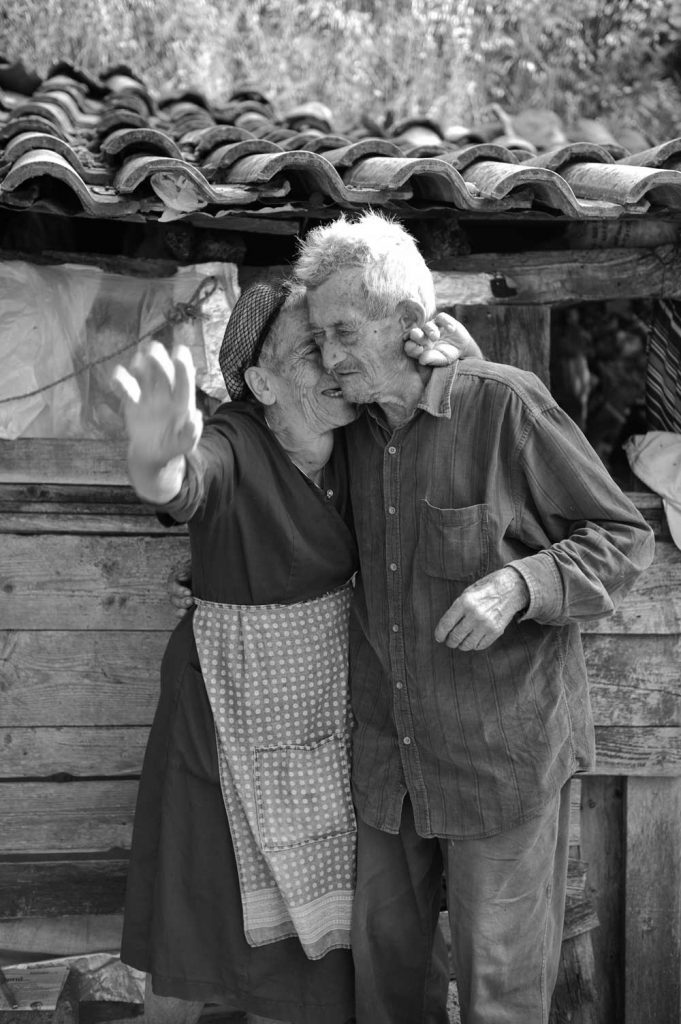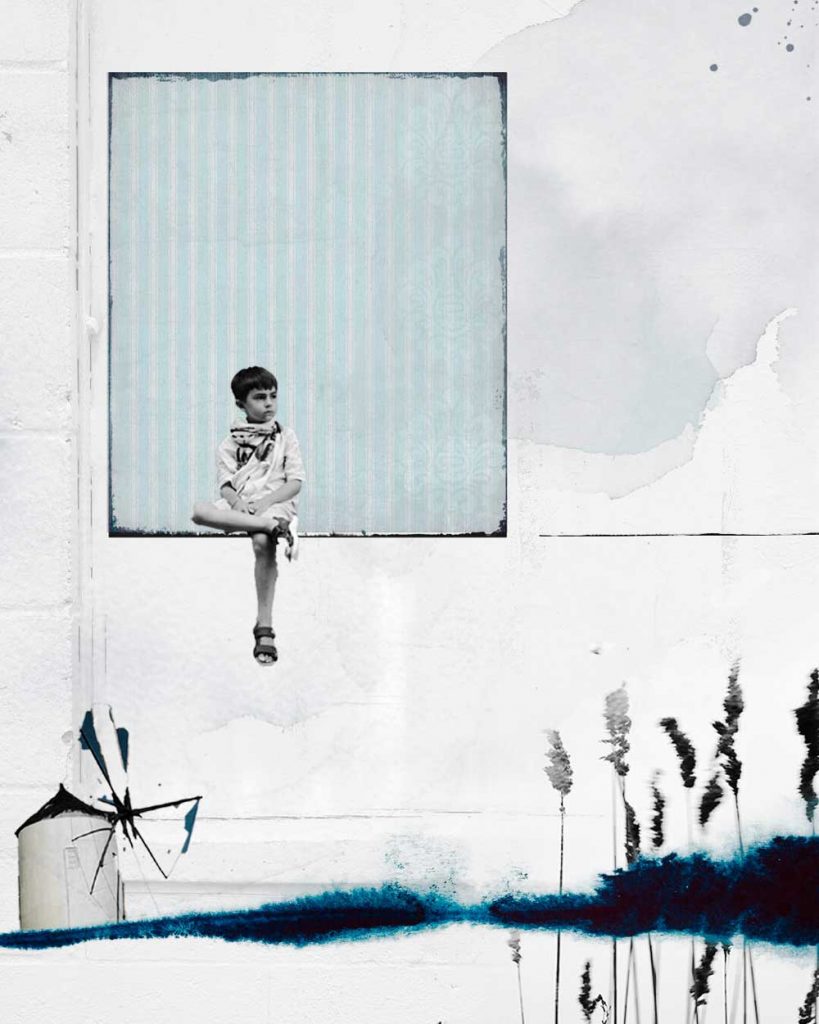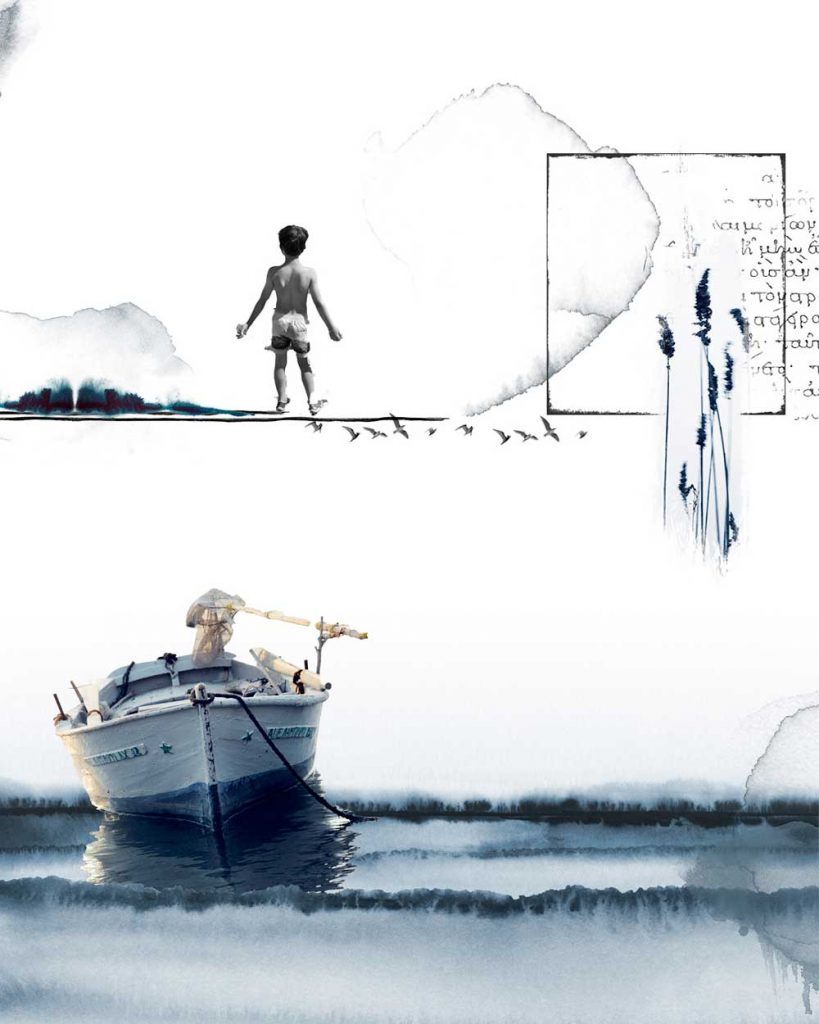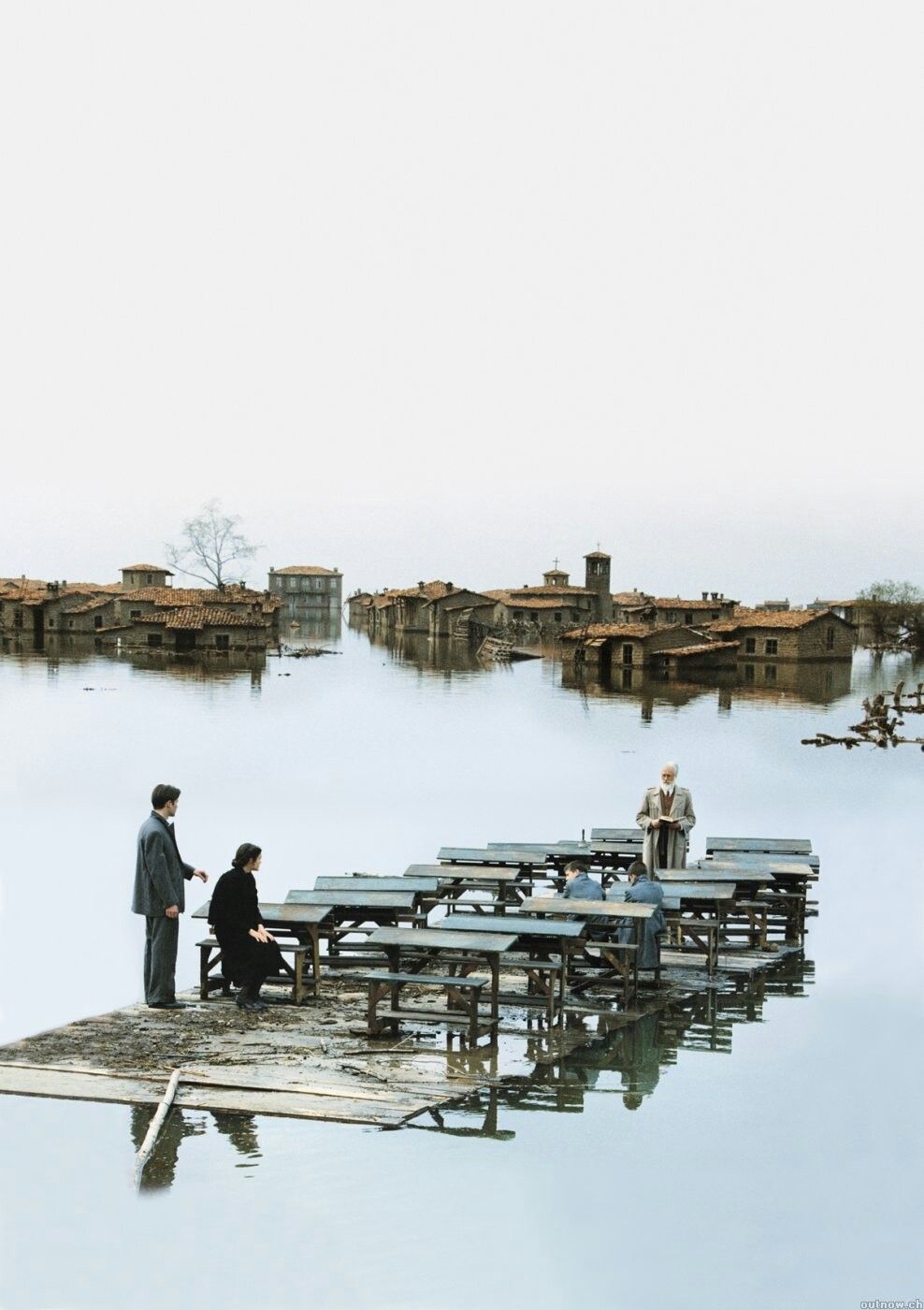I recently had the pleasure of being introduced to Chrissa Markos, a Massachusetts- based artist who works primarily with photography and print. We had the opportunity to chat about her practice, and bond over art and our common experiences as Greeks in America having lived in both places.
I tend to pester most artists with whom I meet for the first time with the question of when they began their artistic practice and what led them to it. While seemingly cliché, the answers never fail to fascinate. They always give a deeper glance into the artist’s work today. For Markos, art was something like fate. Being an avid reader she originally conceived that she would become a writer. She always felt drawn to people and their stories and spent countless hours listening to them. She wanted to document the human experience as it manifests for each of us, being both something unique and universal at the same time.
In her own words:
“While living in Greece I would travel to remote villages and islands and get to know the locals and hang out at the local coffee shops (kafeneia). I would pass the day hearing about their hardships and, most often, their kids who had moved to a foreign land. When I picked up the camera for the first time it was like my world exploded. I knew I had found my true path and a new way of documenting all the amazing stories I came across.”
Sidenote: For those who may not have had the chance to visit one, kafeneia (plural), offer a unique experience to any other café you may visit. They are older establishments that might have been there for anywhere as recently as decades ago, to as old as the turn of the 20th century. They tend to draw an array of patrons, with the most loyal being the older folk. Everything from the scents and flavors, to the conversations you can hear and take part in at kafeneia, give you an immediate and raw experience of “old Greece.” We promise you, reader, they are magical places.
2005, Metsovo. Bottom: Eleni, 2007 Loganikos. Photography works, courtesy of the artist. ©Chrissa Markos 2020
Chrissa enrolled in her first photography class at New England School of Photography, at the age of thirty-three. After graduating, she says, “I packed my camera bags and traveled the Peloponnese and Athens for two months documenting the locals.” In the following years, she would return twice annually photographing chaotic Athens as well as remote areas. She always found Athens so invigorating and inspiring. During that period, her work was mostly of a documentary nature and was shown in exhibitions centered around classic photography. As time progressed, however, her work became more and more interdisciplinary.
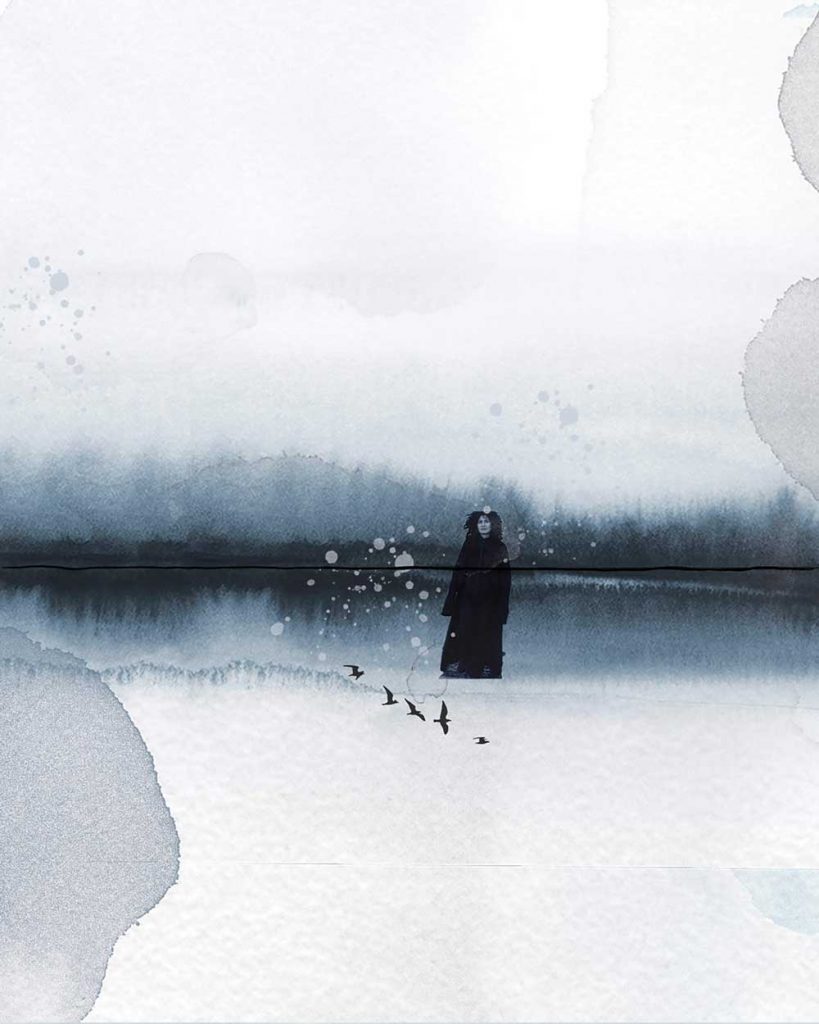
I asked her about the mesmerizing layering prevalent in her recent work, and how it combines print, collage, and photography to create a multidimensional space on the works’ surfaces. They magnetically draw the viewer in, engaging them in both mind and spirit. Markos says, she begins all her work with a photograph that has left an impression, and with which she has a sort of connection to. “It also has to relate to what is currently going on in my life and what I am trying to express.” This explains how immediate her work feels, and how her layering process gives an end result that appears as though peering into someone’s thoughts or imagination – feeling simultaneously real and fictional, personal and not.
Interestingly, her work now, while photography-based, is closer to the form of collage, and does not stray from Markos’ original writing interests. Every collage begins with one image that expresses the core message the artist wants to explore, which, she notes, is almost always a person. Markos’ collages, incorporate a strong story-telling element within their core. They are readable art, something that brings to mind the ancient Greek verb used for painting and drawing, zographizo. The word stems from the words that mean “to live” or “living” and “to write,” “to express.” As Markos herself, eloquently puts it, “I start to build the depth by adding pieces of other photos, photoshop watercolor brushes, textures, and masks. The goal is to create a piece that will leave a lingering impression and maybe even an unsettling one. It is like writing a book. The initial photo is the topic sentence and then the rest is the body – supporting sentences and details and together they tell the story.”
Right: ON THE WIRE, 2020, archival inkjet pigment ink on acid-free cotton rag. Photo courtesy of the artist.
©Chrissa Markos 2020
There are numerous recurring elements in Markos’ works including her use of blue tones, birds, and structural black lines. Some of these elements seem to draw a more contained study of the human experience as she seeks it through her art. Works centered around women’s figures focus mostly on the female human experience, and how they navigate the world. Being a woman and mother, herself, this makes the particular cluster of work even more intimate and relatable than her work generally already is.
Markos’ color schemes, alongside her pursuit of mapping the human experience within her work gives her collages an aura of bittersweet melancholy. Aware of this, the artist expressed how she is drawn to absence, and the existential melancholy that goes hand-in-hand with the very human awareness of our impermanent natures. Simultaneously, her work is imbued with nostalgia and longing for an earlier time and place before the realization of time having passed quickly. She also associates this with the Greek immigrant experience, and understandably so. A people so connected with their past be it immediate or historical, always seem to carry it within them. Markos notes “Growing up we were always leaving, saying good bye, missing people we loved – never feeling complete in one place.” It is the same experience once expressed by Giorgos Seferis, on how the Greek will leave a part of them wherever they go, and once in one place, will find themselves missing the other, never feeling whole, never complete. Markos experienced this nostalgia even stronger when she visited places in Greece where she had spent carefree summers with grandparents no longer there. The mind is a powerful instrument, and memory can evoke such strong feelings simply because it makes an experience feel real while still keeping it out of reach.
Markos’ collages evoke this feeling of incompleteness so common amongst all people who have left histories behind, no matter how small or powerful, by portraying that very vague sense of how time passes yet keeps part of our minds and hearts with it. This is a common theme with films by Theodoros Angelopoulos. She notes that she saw her first Angelopoulos film when she was 20 and how it captivated her. His cinematic style influenced Markos’ photography as well as collage, very strongly.
In her work, you can find the same sense of wandering, of timelessness or time that has passed, and incompleteness, as well as more direct connections like her use of blue and black tones and geometrically organized planes. Angelopoulos stills are haunting. He presented the geometry through the landscape and surfaces of lightness and darkness contrasted with the organic, supple nature of the human body. In her collages, Markos accentuates the geometry further by using lines incorporated strategically yet also in contrast again to the softness of the human form. Both leave the viewer with a strong sense of nostalgia, floating between what was and what is, and wondering about the time that passed. It is a very intentional method of evoking a complicated emotional state within the viewer leading them towards introspection. It is fascinating to observe this commonality between two technically, entirely different media.
Right: Still from the film, Eternity and a Day, directed by Theodore Angelopoulos, released May 23, 1998.
Markos further explains:
“Like in his films, I would look for those long drawn out moments when nothing was happening (on the surface) or when something had just happened but the reaction was not yet noticeable. And always I would be drawn to the person who had paused, it seemed, and was still and just staring out or thinking. The eyes speak volumes when they are fixated on something and are reading our thoughts.”
While her work’s connections to her Greek heritage are prevalent, Markos’ collages appeal to any viewer regardless of their own personal familial history. Her work, whether intentionally or not, serves as a demonstration of art’s capability to connect people through the experience of life itself. Immigration and migration have far from eclipsed, nor has the experience of them altered so fundamentally from decades ago. It is in our human nature to carry the past within while creating the future. When given time to ponder over it, we are left with the realization of just how deep it affects each of us separately. Each individual’s history, experiences and character can allow them to interpret her work as well as life differently, and all together. This becomes more prevalent when considering how the artist seeks to also address the very personal experience and story of each of her initial subjects. She is fascinated by people’s characters and who they really are at their core. As a true photographer, she studies people around her during those flickering moments when true parts of themselves outshine the rules of “should” and “must be.”

Finally, we left some time to chat about her practice extending to printed textiles mostly in the form of scarves. I had become mesmerized by how transferring a collage onto an airy, slightly translucent fabric animated her work. It felt as though Markos sought to come even closer to an Angelopoulos film. It turned out, the scarf references ran even deeper as the artist mentioned the sentimental value of that object as something that connected her to her grandmother and all the ladies in her village. In a way, they are like a story that you must unfold to see in full. When wrapped it is abstract, rich in color and texture but overall unclear. Spreading the scarf open gradually reveals the photo print in its entirety. Like a film, the story is not understood until it is completed.
The choice of fabric, she noted, is very intentional. Like photography, printing on cashmere never allows for an absolutely perfect image. Her interest does not lie in creating a technically perfect photo because “it is the small imperfections that really add beauty and meaning to the image,” and by extension to life.
Thank you Chrissa!
